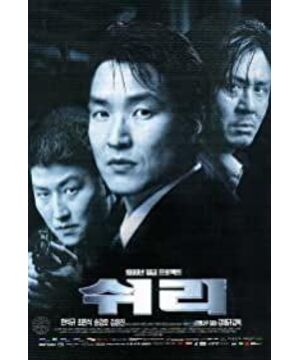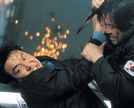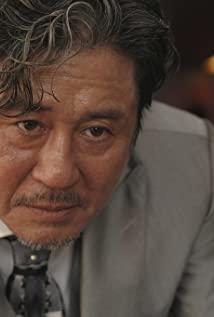the early 20th century, in the late 1970s and early 1980s, the wave of democratization in South Korea broke out. The standards for excellent Korean films ranged from "films in line with national policies" in the 1970s to "artistic and capable" in the 1980s. A movie that gives the audience a touch."
In 1984, the new "Film Law" was revised and promulgated the following year, and film production was regained freedom.
After the 1980s, ideological restrictions were gradually lifted, and the 1990s showed a strong momentum of development, and the themes and expressions became more diversified.
Beginning in the 1990s, large companies began to get involved in the film industry, and capital entry further promoted the development of film.
When the literati government came to power in 1993, the government began to vigorously support the film industry. On the one hand, it gave preferential policies to the Busan Film Festival. The slogan was "Openness and Going to the World". In the 1990s, Korean films moved towards full marketization.
The 1997 Asian financial crisis.
In 1999, Kim Dae-jung took the cultural industry, including film, as the driving force of South Korea's economic recovery, positioned film as a core industry, and stepped up policies to encourage capital to enter.
In 1999, "The Spy of Life and Death" is a mature work of Korean commercial films. It still has strong imitation traces and still looks immature, but it is a complete "blockbuster" produced by a market-led producer.
It uses the most famous actors in Korea, such as Han Seok Kyu, Choi Min Sik, Song Kang Ho, Kim Yun Jin, Hwang Jung Min, etc.;
it is a very typical genre film, including ideological confrontation, action, love, violence and other factors;
its production, distribution and success It was screened and attracted 6.2 million viewers. It defeated "Titanic" (4.17 million people), bringing the Korean domestic audience record from 1 million to 6 million (the total number of movie audiences that year was 21.72 million), South Korea Since then, the film can directly compete with Hollywood movies;
After that, the domestic market share of Korean films increased from 39.7% in 1999 to 53.5% in 2003 and 59.3% in 2004, which can completely compete with imported films. From the late 1990s to 2004, Korean films have swept across Asia, commercial films have been a success, and major film festivals have also come to the fore.
The power of Korean films is related to the gradual maturity of Korean commercial films in the 1990s. The Spy of Life and Death in 1999 is a typical well-prepared work. After that, the prosperity of the market drove the rapid development of the film industry, which quickly improved the quality of Korean commercial films, and made film planning, production and distribution develop in a more professional direction.
PS If you
look back today and slowly watch the work "The Spies of Life and Death", you may still be able to see the traces of deliberate imitating that year. Although the story is "unreasonable" and "full of flaws," the structure of the script is quite mature. The grand narrative is interspersed with personal narratives, and the division of the nation is also cleverly combined with the division of personal feelings. Although old-fashioned, everyone loves to watch it.
View more about Shiri reviews











